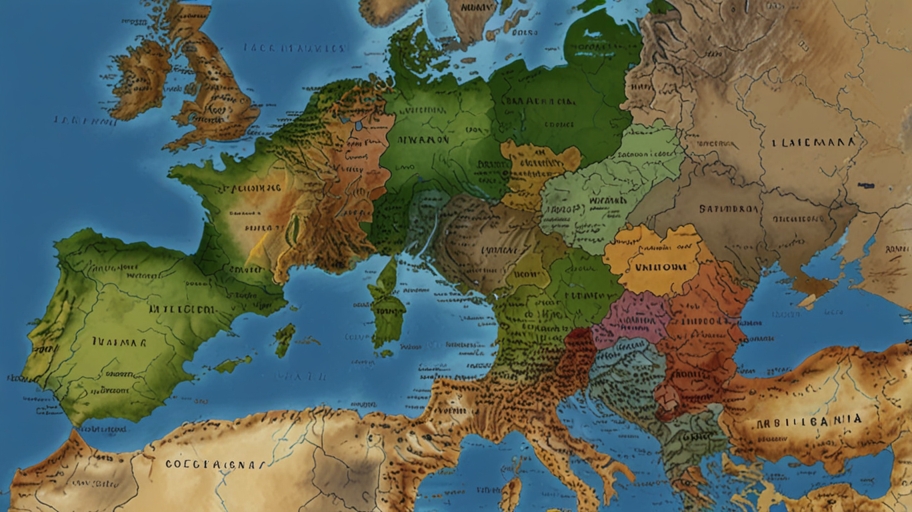San Marino, which was officially recognized in 301 AD, is the country that is most definitely recognized as the oldest in Europe. Situated in the central part of Italy, this small state had kept its sovereignty aside and showed it to the world by resistance and tactics. Its historical value for the continent was the reason why it was declared European heritage.
A different claimant for the title, Portugal, appeared as a nation-state in 1143 after the Treaty of Zamora. The beginnings of globalization were celebrated in the Age of Exploration when coastal travel occurred, and this eventually resulted in the enlargement of world maps. The marine history of Portugal and the stability of the country have been the major factors in the identification of its attributes in modern Europe.
Denmark was founded in the year 965 AD during its Christianization and thus became a unified Christian nation. Cultural values derived from the Viking Age are still a part of Danish society and give roots to this nation. Although some alterations in borders occurred, Denmark has retained its political and cultural relevance in the world.
The creation of the Treaty of Verdun in 843 AD gave birth to West Francia, which is today’s France. From a kingdom to peoples elected government in 1958 Republic, France has lent to many the pattern of social revolution and restored the economy through the central government which gave it the hallmarks of an old country, unshakeable by time, and wars.
Naturally, international markets are experiencing significant fluctuations owing to the trade disputes between presidents of different countries. Markets are falling under pressure, as a result of that, the US President’s decision to levy import taxes has virtually encumbered global trade. He shows no concern how it can bring people into misery, if his cause will be pursued. The concerns of incurring a recession due to such actions have seriously affected investors.
Asian markets were down notably today, with the Nikkei in Japan plummeting over 6% and Seoul’s Kospi shedding 5%. A growing number of stock exchanges are resorting to circuit breakers to halt trading more frequently in a bid to prevent panic-driven sell-offs. The aftershocks of this crisis are global.
Such a significant decline in the NYSE was not observed since the COVID-19 crash of April 4 just after the market lost more than $5 trillion in value within hours. Tech leaders such as Tesla and Nvidia found no safe place to hide. As a result, Nasdaq joined the bear market even with a great deal of uncertainty hovering still.
The markets in Europe also had a tough time. A chilling gain of more than 9% was the result for the Hang Seng market in Hong Kong, whereas, ASX200 in Australia was down. The respective monetary authorities and governments of the larger economies are not ready to give in, and the introduction of such elements as trade disputes just triggers a new wave of turmoil.
The concerns over a potential global depression causing the reduced demand for crude oil have brought about a decrease in the price per barrel to less than $60 today. The case of gold is the same since investors have chosen to mobilize their assets and cover the losses in the stock market as well as other markets to save their capital hence the decline was on a vast scale and a distress in the overall economic environment has been caused.
To handle this situation, countries have shown different reactions. China, on the one hand, retaliated by imposing a high tax on US products, while other countries like India and Japan are more in favor of diplomatic negotiations to cushion the effect of the significant trade barriers on their economies.
Financial institutions are the most affected due to the fact that a high percentage of their stocks are plummeting sharply. Due to the trade wars, the disruptions of the supply chain and loss of consumer sentiment are the significant problems faced by organizations dealing in international trade which are exceedingly vulnerable.
The businesses are really straining the condition by looking into other markets and changing their portfolio. Nevertheless, many economic situations by the government are changed without notice, adding unwanted risks for investors and companies in a vulnerable environment.
The upcoming earnings season calls for the excessive attention of market players who are monitoring primary sources like inflation data and corporate financial results to estimate the possibility of recovery after so many doubts about the trade policy and global skirmish.
